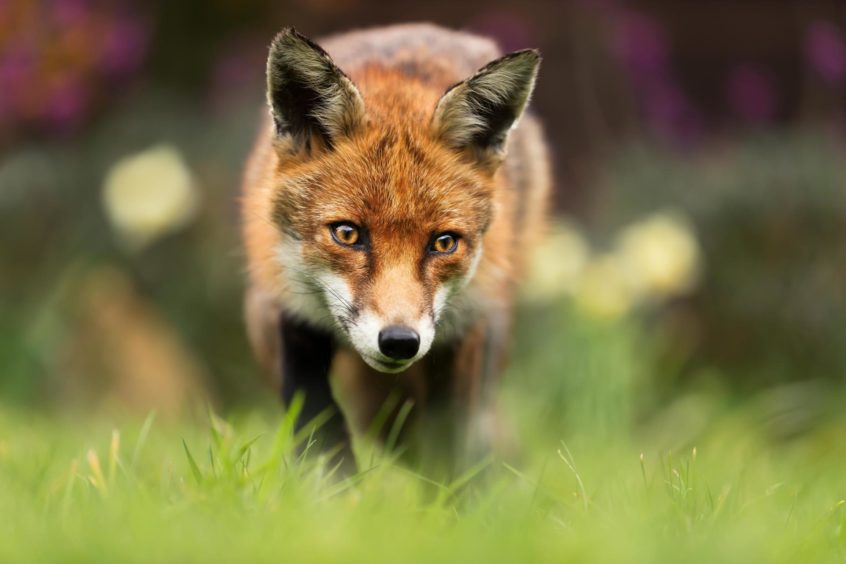A blood-curdling shriek in the dead-of-night that sends shivers down the spine, for it sounds like a person in mortal distress. What dastardly deed has been committed on this dark January night?
Well, fear not, for January is fox mating time, and these haunting screams come from a vixen. In mid-winter, a vixen is on heat for only a short time and it is vital that she keeps in close contact with her suitor. In other words, these are love-calls, and the male, or dog fox, is also vocal, often uttering a softer ‘hup-hup-hup’ call.
In many ways, these fox vocalisations are as much a herald of the forthcoming spring as the first emerging snowdrops or the appearance of dangly lambs’ tails catkins on hazel trees. As such, I find January an exciting month in the wildlife calendar, knowing that we are on the cusp of change with animals such as foxes falling pregnant, and some plants and trees starting to stir.

Foxes are creatures close to my heart and I have studied both urban and country animals closely for a good part of my life. This distinction on where they live is important because town foxes and rural animals are as different as chalk and cheese.
One is a shy and elusive beast, seldom seen and often persecuted. The other a much bolder animal altogether, going about its daily business under our very noses, padding along our pavements, sleeping under our garden sheds and dining out on discarded fast-food takeaways.
In saying that, this last reference to scavenging is a bit over-stated because in my experience urban foxes do so much less frequently than is supposed – simply because they do not need to. This is because towns and cities are often rich in a wide range of prey species from sparrows to pigeons, mice to rabbits, and other savoury titbits, such as worms and beetles found in gardens and parks.

The behaviour of the city slicker’s country counterpart is so different. Here is a shy and careful animal, skirting around farmhouses and villages, and even when bold enough to make a foray to sniff around a farmyard for rats and mice, the senses are finely tuned to the slightest noise, or whiff of fresh human scent.
It is this versatility that makes the fox one of the greatest animal success stories of our times. The fox is everywhere, in our towns, fields, woods and mountains. Of course, some people don’t like foxes, whether it be a sheep farmer convinced that lambs are being preyed upon, or a householder who has had their pristine lawn dug up by an inquisitive cub.
For me, I adore foxes, for they are intelligent, charismatic, and a key predator that helps keep nature in balance. Foxes are a bedrock of our functioning environment, and as such, deserve our respect and protection.
Info
Fox litters comprise four to five cubs, born at the end of March or early April. Foxes are mainly nocturnal, with peak activity at dawn and dusk.









